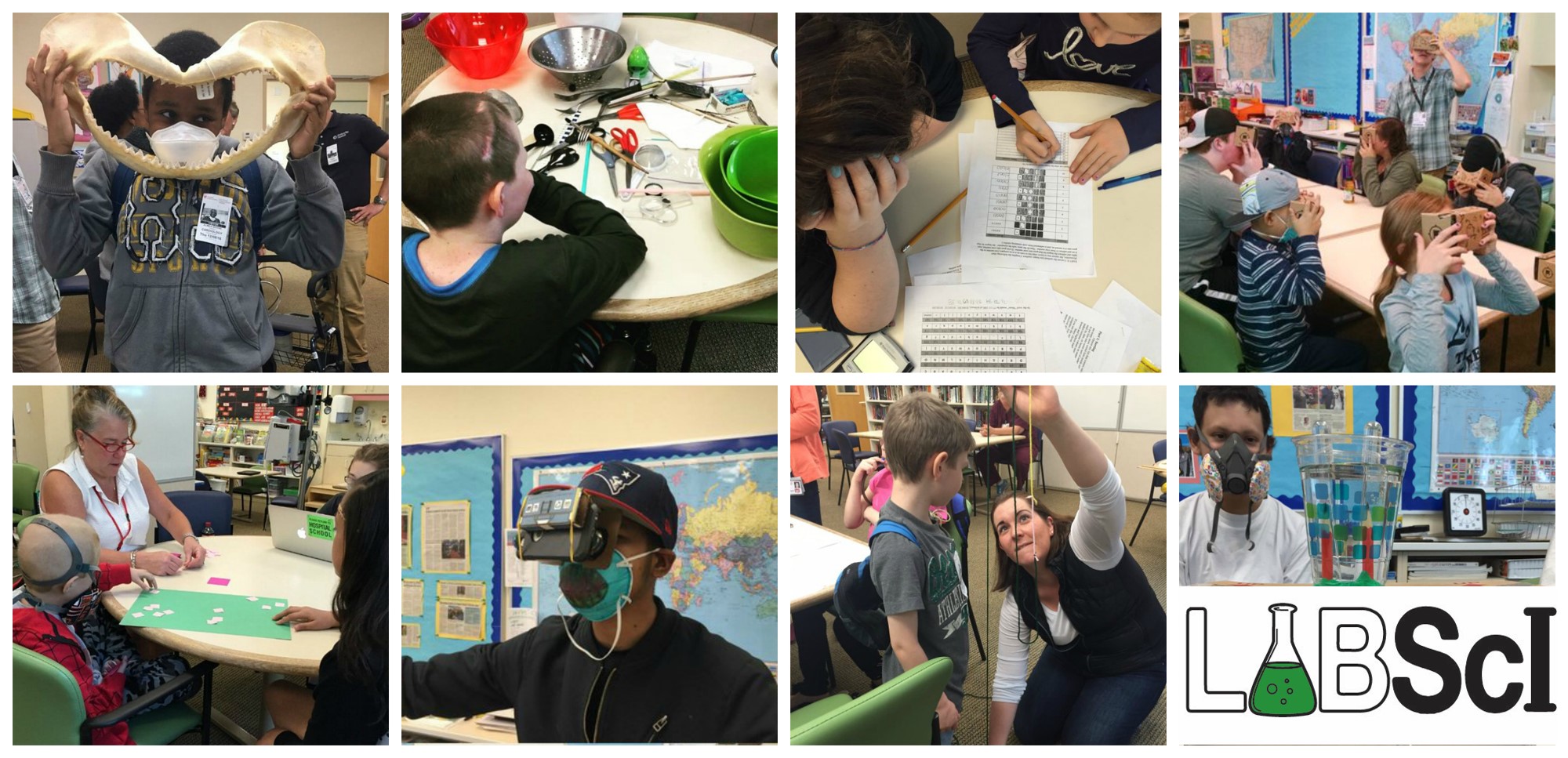In this lab, students will examine the chemical reaction between baking soda and vinegar, and mix different amounts of these household chemicals to learn about the concept of stoichiometry.
Download the labs!
Student Version
Student Advanced Version
Recommended Prerequisites:
- Students should be able to do division and multiplication, or have access to a calculator.
- Previous exposure to chemical reactions would be beneficial, but is not required.
Key Concepts:
- Stoichiometry is the quantitative balancing of elements in chemical reactions.
- Conservation of mass requires that all atoms that enter a reaction as reactants must exit the reaction in the products.
- The Ideal Gas Law is used to model equilibrium conditions of most gases, relating the pressure, volume, temperature, and moles of gas.
Materials:
- 1 clear jar (You will need to use a measuring cup to label volume measurements along the side of the jar.)
- Measuring cup
- Measuring spoons (only ¼ tsp and ½ tsp are necessary)
- Small plastic sandwich bag
- 1 large bucket/tub (14.5” length x 12.2” width x 9” depth is an absolute MINIMUM size – use a considerably larger one if possible)
- 1 empty 20 oz. Gatorade bottle
- 2 cups of vinegar
- ¾ tsp baking soda
- Water source

very nice